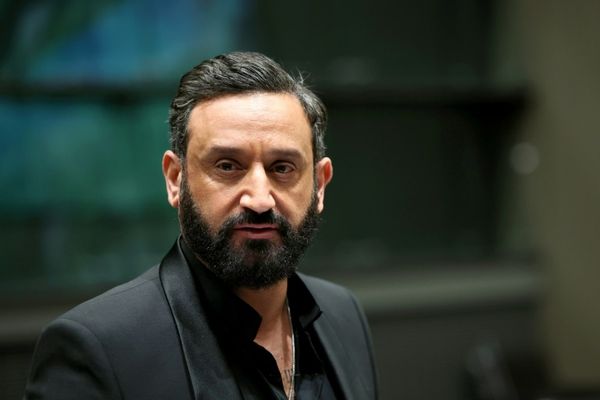
Vijay Sankaran has worked at diverse mix of companies over the span of his career, from Ford Motor Company to TD Ameritrade. When he joined Johnson Controls in 2021, he added another distinction to his résumé: overseeing technology at a firm whose roots stretch back to the 19th century.
That was part of the appeal.
Sankaran was intrigued by the opportunity to help a century-old industrial company rethink how it uses data and artificial intelligence, and to apply it to an important societal problem. Johnson Controls, which makes things like HVAC equipment, fire detection sensors, and industrial refrigeration equipment, can play a big role in reducing the estimated 30% of energy in commercial buildings that is wasted.
One of the ways the company is tackling the challenge is by leaning on data compiled from sensors found throughout buildings and combining that data with technologies like AI. The idea is to help customers determine exactly how much carbon is emitted, as well as what investments should be made to optimize the buildings to lower energy costs and make them more environmentally friendly.
“We understand what's in the space, how the space is being used, what's the equipment in the space, and how that equipment is being used,” says Sankaran, the CTO of Johnson Controls.
Globally, buildings represent around 37% of global carbon emissions, representing a multibillion-dollar opportunity for construction companies and property owners to look for savings by using data to track equipment efficiency, integrating renewable energy sources into buildings, and using more energy efficient lighting and eco-friendly building supplies.
But back in 2020, at a spry 135 years old, Johnson Controls’ own structure needed a bit of an upgrade too. That was the year it launched OpenBlue, a data and analytics software platform that sought to standardize data from sensors found throughout the system and also create a “digital twin,” which is a virtual representation of the building.
When Sankaran joined Johnson Controls in 2021, after serving as chief information officer at TD Ameritrade and an IT CTO at Ford, one of the first big projects he took on was standardizing the data in a single format. He also aimed to ensure all the data that was being used to track equipment failures, monitoring progress toward net zero commitments, and measuring energy output for equipment was at the same level of maturity.
“We’ve spent a lot of time, namely at the request of some of our customers…to organize that data better,” says Sankaran. With tools like generative AI helping digest and organize unstructured data like PDFs, he expects data collection will only continue to improve for a lot of companies.
Johnson Controls has made a few acquisitions to fill in some gaps, buying Silicon Valley-based Foghorn to bring in edge AI capabilities and acquire new talent. The company also bought Tempered Networks for its cybersecurity capabilities and then FM:Systems, with which it helps clients address a building's energy efficiency from the earliest stages of design.
Later this year, Sankaran says Johnson Controls will launch its first generative AI application within OpenBlue that will give sustainability managers proactive recommendations on actions needed to meet their goals. The system was built by Johnson Controls, leveraging Microsoft’s Azure AI platform.
Sankaran shares that Johnson Controls is primarily in the piloting phase when it comes to generative AI. He sees a lot of internal applications for services, in particular for technicians that need to sort through equipment manuals, get proactive recommendations on how to address issues with censored devices, and need to write up reports. Johnson Controls is also piloting third-party generative AI products for some capabilities in various departments like marketing and HR.
“We’re still in the first innings of the generative AI ball game,” says Sankaran.
John Kell
Send thoughts or suggestions to CIO Intelligence here.







